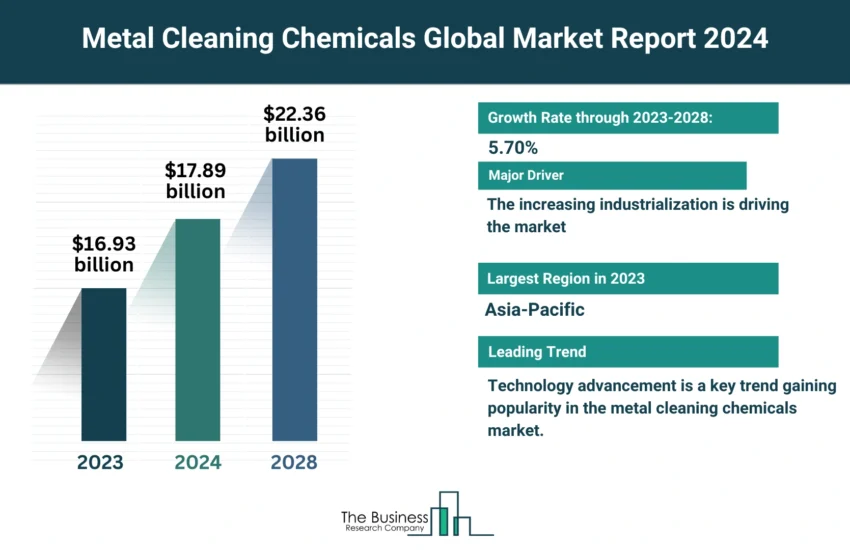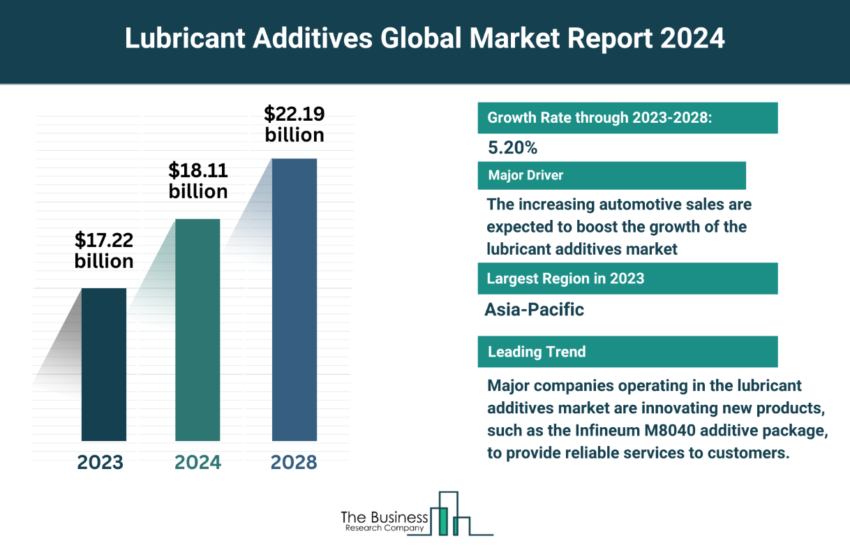The Demand For Synthetic Dyes And Pigments From End-User Industries Is Rapidly Increasing
The global synthetic dyes and pigments market is expected to grow from $52.0 billion in 2018 to $63.3 billion in 2022 at an annual growth rate of more than 5%. Fast growth in the forecast period can be attributed to an expected rise in demand for high performance pigments, economic growth, and an expected increase in demand from end-user industries, especially packaging.
The packaging industry is rapidly growing due to increased demand from the toiletries, food & beverages, healthcare, and other industries, particularly in emerging economies. Synthetic dyes and pigments find multiple applications in packaging and their end-use industries. For example, the cosmetics industry uses pigments such as titanium oxide in manufacturing lotions and sunscreens, owing to their excellent durability of UV light. Additionally, various synthetic dyes are also utilized by the cosmetics industry to add desired colors to products such as lipsticks and nail polishes. Iron oxides are used in face powders and blushers, and chromium dioxides are used to achieve green colors in cosmetic products.
Going forward, the market for synthetic dyes and pigments is expected to grow with the launch of high-quality digital printing applications on flexible packaging and labelling. Growing demand for digital printing due to the need for high quality printing will lead to an increase in the demand for packaging printing, thus driving the global synthetic dyes and pigments market.
Dyes and pigments are used in other industries as well, such as paints and coatings, printing inks, textile, construction and plastics. The paints and coatings industry is experiencing high growth due to growing infrastructure development in many countries. The paints and coatings industry utilizes large quantities of pigments. Pigments are made up of larger particles or crystals of inorganic substance that physically binds to the surface of the material that is being colored or coated, with the aid of a binding medium. Pigments have much greater ability to withstand UV light and are more durable than dyes. Pigments are better suited for paints and coatings that are used for long term harsh outdoor conditions. Inorganic pigments such as titanium oxide and iron oxide are used largely for paints and coatings.
The textiles industry is one of the largest users of synthetic dyes. Synthetic dyes are mostly organic compounds that are soluble in most liquids, enabling a dye solution to chemically bind to the materials that are being colored, in this case fabric or fibers. About 70% of the 10,000 produced synthetic dyes are azo dyes. As the coloring process involves chemical binding of small dye molecules with the surface of the material, only a small amount of dye is required to color a material, when compared to a pigment. Pigments are also utilized by the textiles industry, especially when printing on fabrics.



